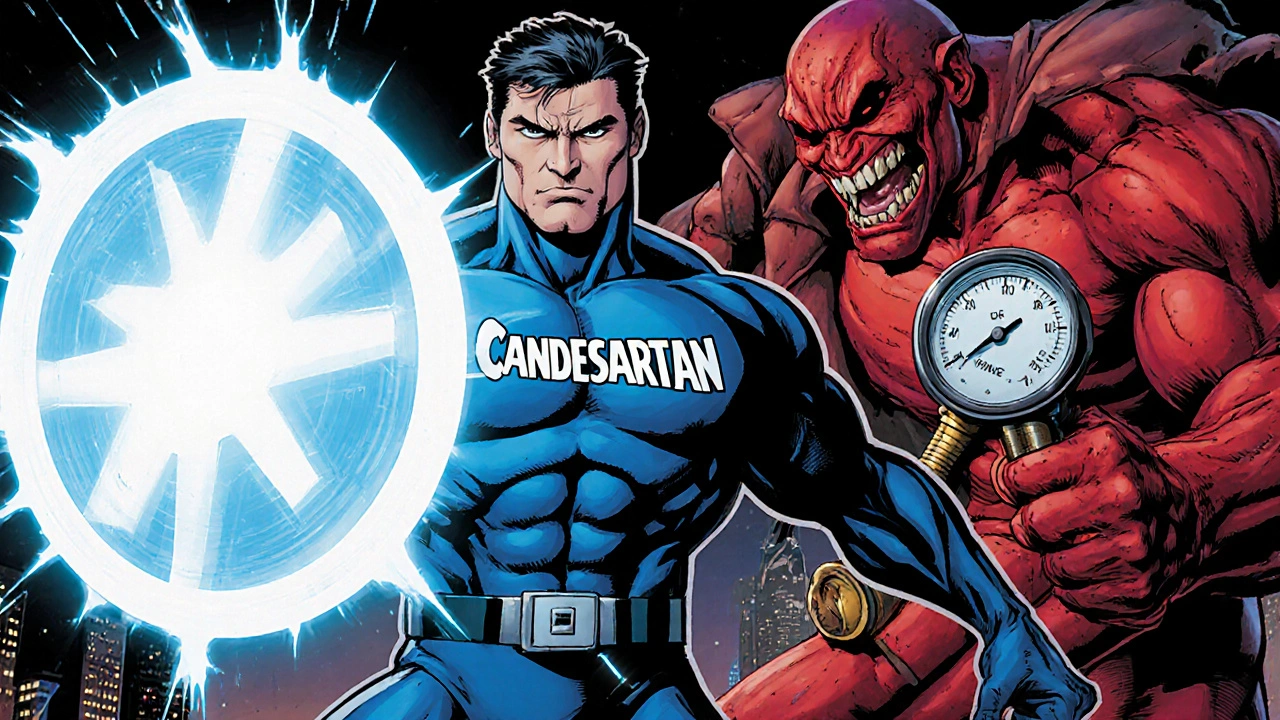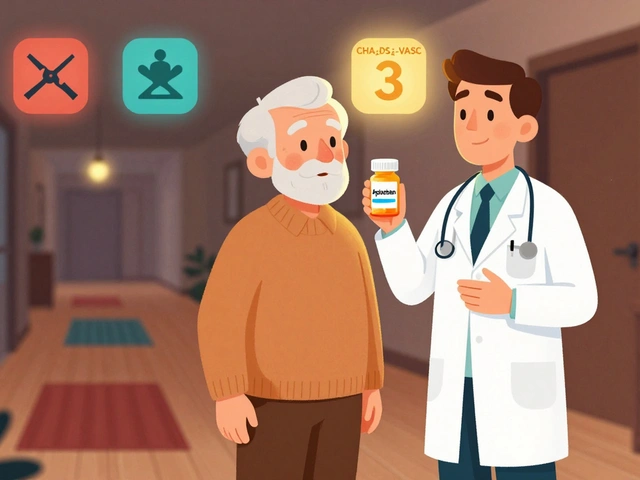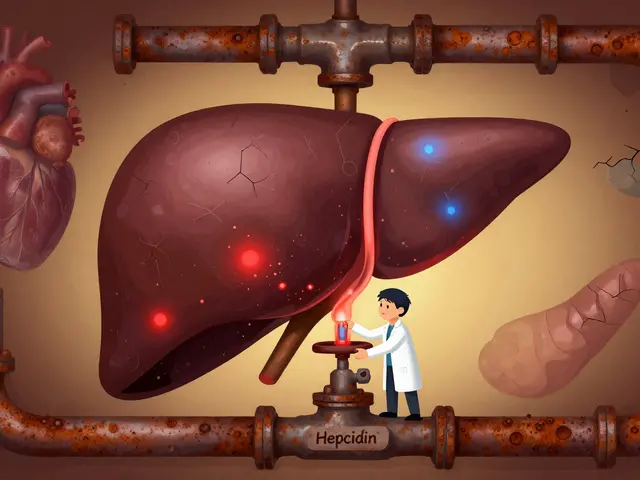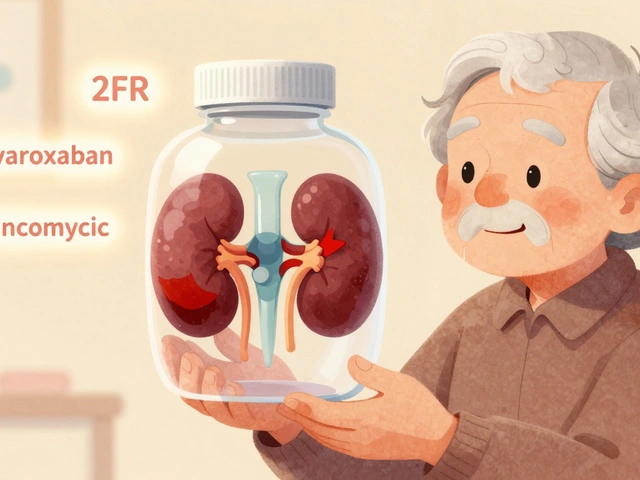ARBs Explained: What They Are, How They Work, and What You Need to Know
When your doctor prescribes a medication for high blood pressure, you might hear the term ARBs, Angiotensin II Receptor Blockers, a class of drugs that stop a hormone from tightening blood vessels and raising pressure. Also known as angiotensin II receptor blockers, they’re often chosen when ACE inhibitors cause a persistent cough or aren’t tolerated well. Unlike some older blood pressure pills, ARBs don’t slow your heart rate or make you feel tired all day. Instead, they let your blood vessels relax naturally, which helps lower pressure without the same side effects.
Many people take ARBs like losartan, a widely used ARB that’s also prescribed for kidney protection in people with diabetes, or valsartan, another common ARB often paired with other meds for better control. These drugs are especially helpful if you have heart failure, diabetes, or kidney disease—conditions where lowering blood pressure isn’t just about comfort, it’s about preventing long-term damage. They’re not magic, though. They work best when paired with lifestyle changes like cutting salt, staying active, and managing stress. And unlike some other blood pressure meds, ARBs rarely cause swelling in the ankles or a dry cough, which is why so many patients stick with them.
What you won’t find in most doctor’s brochures is how often ARBs are compared to calcium channel blockers like amlodipine, a drug that relaxes blood vessels by a different mechanism, often used alongside or instead of ARBs. Some studies show ARBs are slightly better at protecting the kidneys in people with diabetes, while others suggest amlodipine works faster for immediate pressure control. The choice often comes down to your body’s response, your other health issues, and how you tolerate side effects like dizziness or high potassium levels.
You’ll also see ARBs mentioned in posts about drug interactions, especially when paired with NSAIDs or diuretics—something that can raise the risk of kidney trouble if not monitored. That’s why tracking changes in FDA warnings matters, and why knowing your exact medication name (not just the class) helps you ask better questions. The posts here cover real-world scenarios: how ARBs fit into broader treatment plans, what alternatives exist, and how to spot when something’s off—like unusual fatigue or swelling—that might mean your dose needs adjusting.
There’s no single best ARB. What works for one person might not work for another. But understanding what these drugs actually do—how they block a specific hormone, why they’re safer for some than others, and how they compare to the alternatives—gives you real power in managing your health. The articles below break down exactly that: comparisons, side effects, real user experiences, and practical tips to make sure you’re getting the most out of your treatment without unnecessary risks.

Candesartan (Atacand) vs Other Blood Pressure Drugs - Full Comparison
A detailed 2025 guide comparing Atacand (candesartan) with other blood‑pressure drugs, covering effectiveness, side‑effects, cost and when each option is best.
read more




